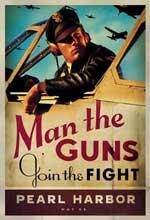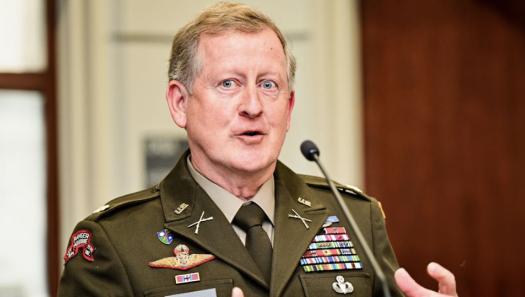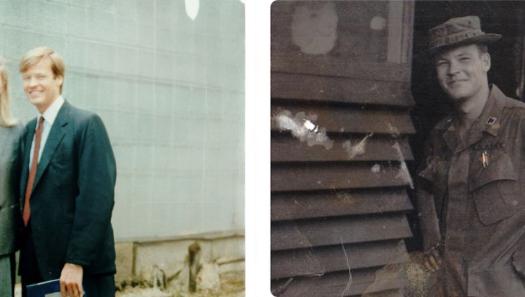Military & Veterans News
Cover Story: 60 Years Later, Remembering Pearl Harbor
Jim Garamone, American Forces Press Service

On December 7, 1941, the world changed. American service members based in Hawaii saw that seminal moment in history, and those alive today still vividly remember that Sunday morning 60 years ago.
George Phraner was a petty officer first class aboard the battleship USS Arizona. His battle station was a forward 5-inch gun. He had just gone topside to get some air after finishing breakfast when the Japanese attack on Pearl Harbor started.
"Just as we left the mess area we heard this noise," he said in an oral history on the Pearl Harbor Survivors’ Association Web site. "We could hear and see there were airplanes. I looked across the bow of the ship and could see large plumes of smoke coming up from Ford Island."
He said he didn’t comprehend at first that what he was seeing was an attack.
"It didn’t mean anything to us until a large group of planes came near the ship and we could see for the first time the Rising Sun emblem on the plane wings," he said. "The bombing was becoming heavier all around us and we knew this was REALLY IT!" He headed for his gun when general quarters sounded.
Lucky Order
"It was standard practice to keep only a limited amount of ammunition at the guns," Phraner said. "There we were, the Japanese dropping bombs over us and we had no ammo. All the training and practicing … and when the real thing came we had no ammunition where we needed it."
But this saved his life. His gun captain pointed to him and told him to go aft and bring up ammunition from the magazines.
"I remember getting these cases of ammo powder and shells weighing about 90 pounds each," he said. "I had begun lifting shells into the hoist when a deafening roar filled the room and the entire ship shuddered."
The explosion was the ship’s forward magazines exploding after a hit by an armor-piercing Japanese bomb. "Only moments before, I stood with my gun crew just a few feet from the center of the explosion," Phraner said. "My whole gun crew was killed."
Phraner was in the dark, and smoke quickly filled the compartment. He was burned as he climbed up the ladders.
"Getting through that choking kind of smoke was a real ordeal -- the kind of smoke that really hurt your lungs," he said. "After a while, I began to get weak and lightheaded. I could feel myself losing the battle to save my own life. I hung to the ladder, feeling good. I felt that it was all right for me to let go."
But he looked up and saw a speck of light and he kept climbing.
Dead Men All Around
"After what seemed to me like an eternity, I reached the deck gasping and choking. I lay down for a few moments," he said. "The warm Hawaiian air filled my lungs and cleared my head. I glanced over to the forward end of the ship to see nothing but a giant wall of flame and smoke. Behind me, a Marine lay dead on the deck, his body split in two. I began to realize there were dead men all around me."
The Arizona was doomed. Phraner abandoned ship, swam to Ford Island and would live to serve on other Navy ships throughout the Pacific War.
The Arizona remains where it sank and its stripped, sunken hull still seeps oil even after 60 years. It is the tomb of many of the 1,177 crewmembers known to have died the attack. The National Park Service operates a hall-like, 184-foot-long memorial building that sweeps over the ship’s beam.
Contrary to popular legend, the USS Arizona is no longer in commission. As a special tribute to the ship and its lost crew, however, the Stars and Stripes fly from a flagpole attached to the ship’s severed mainmast.
In 1998, another famous battleship docked near the Arizona Memorial, bringing a kind of closure to the Pearl Harbor experience. That fitting symbol was the USS Missouri. The Japanese boarded the Missouri in Tokyo Bay on September 2, 1945, to sign the instruments of surrender.
Source: American Forces Press Service via Veterans News and Information Service


